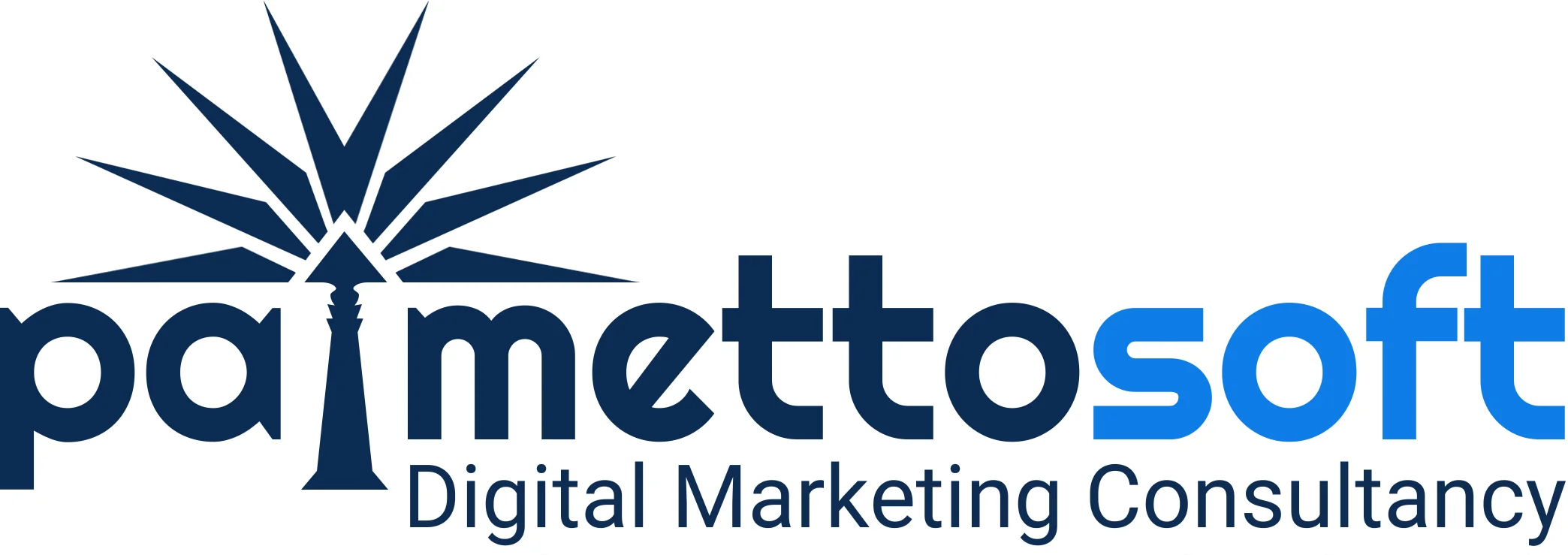Landing page optimization is a crucial step in the SEO process, directly impacting your website’s ability to convert visitors into customers or leads. A well-optimized landing page not only improves your search engine rankings but also ensures that visitors have a seamless experience, encouraging them to take the desired action.
In this blog post, we will explore the importance of landing page optimization, the key elements to focus on, and best practices for creating landing pages that drive conversions. Whether you’re optimizing existing pages or creating new ones, this guide will help you maximize the effectiveness of your landing pages as part of your overall SEO strategy.
What is Landing Page Optimization?
Landing page optimization is the process of enhancing and refining individual web pages to improve their performance in terms of search engine rankings and user engagement. The goal is to create pages that are not only attractive to search engines but also compelling and user-friendly, thereby increasing the likelihood that visitors will complete a specific action, such as making a purchase, filling out a form, or subscribing to a newsletter.
Effective landing page optimization involves a combination of technical SEO, user experience design, and persuasive content. By focusing on these aspects, you can create landing pages that rank well on search engines and convert visitors at a higher rate.
Why is Landing Page Optimization Important?
Landing page optimization is essential for several reasons:
- Improved Search Engine Rankings: Well-optimized landing pages are more likely to rank higher in search engine results, leading to increased organic traffic. By targeting the right keywords and optimizing on-page elements, you can attract more relevant visitors to your site.
- Increased Conversion Rates: The primary purpose of a landing page is to convert visitors into leads or customers. Optimization ensures that your landing pages are designed to guide visitors toward completing the desired action, resulting in higher conversion rates.
- Enhanced User Experience: A positive user experience is critical for keeping visitors on your site and reducing bounce rates. Optimized landing pages are easy to navigate, visually appealing, and provide clear value to the user, which helps keep them engaged.
- Better ROI: By improving the performance of your landing pages, you can get more value from your SEO efforts. Higher conversion rates mean that more of your visitors are taking the actions that matter to your business, leading to a better return on investment (ROI).
Key Elements of Landing Page Optimization
To optimize a landing page effectively, you need to focus on several key elements. These include:
1. Compelling Headlines
The headline is often the first thing a visitor sees on your landing page, so it needs to grab their attention immediately. A compelling headline should be clear, concise, and directly related to the visitor’s search intent. It should communicate the value of your offer and encourage the visitor to stay on the page.
- Best Practices: Use action-oriented language, include keywords relevant to the visitor’s search, and ensure the headline aligns with the ad or link that brought the visitor to the page.
2. Engaging and Relevant Content
Content is the backbone of any landing page. It needs to be engaging, informative, and directly address the needs or problems of your target audience. The content should highlight the benefits of your product or service and clearly explain how it solves the visitor’s pain points.
- Best Practices: Use bullet points and subheadings to break up the text, making it easier to read. Keep the content focused on the visitor’s needs and avoid jargon. Incorporate keywords naturally to improve SEO without compromising readability.
3. Strong Calls-to-Action (CTAs)
A call-to-action (CTA) is a critical component of landing page optimization. It tells visitors what you want them to do next, whether it’s signing up for a newsletter, downloading a guide, or making a purchase. A strong CTA is clear, concise, and placed prominently on the page.
- Best Practices: Use action verbs in your CTAs (e.g., “Download Now,” “Get Started,” “Claim Your Free Trial”). Make sure the CTA stands out visually with a contrasting color and is placed above the fold (visible without scrolling).
4. Optimized Forms
If your landing page includes a form, it’s essential to optimize it for ease of use. Forms should be as simple and straightforward as possible, asking only for the most necessary information. Long or complicated forms can deter visitors from completing them.
- Best Practices: Limit the number of fields to reduce friction. Use clear labels and provide guidance for required fields. Consider using smart forms that auto-fill or adapt based on the visitor’s input to enhance the user experience.
5. Mobile Responsiveness
With an increasing number of users accessing the web via mobile devices, it’s crucial that your landing pages are fully responsive. Mobile responsiveness means that your page looks and functions well on all devices, from desktops to smartphones.
- Best Practices: Use a mobile-first design approach, ensuring that images, text, and forms are easily viewable on smaller screens. Test your landing page across multiple devices and browsers to ensure consistent performance.
6. Page Load Speed
Page load speed is a critical factor in both SEO and user experience. A slow-loading landing page can frustrate visitors, leading to higher bounce rates and lower conversion rates. Additionally, search engines consider page speed as a ranking factor, so a fast-loading page can improve your SEO performance. Use tools like Google PageSpeed Insights to identify and fix issues that may be slowing down your page.
- Best Practices: Optimize images for the web, minimize the use of heavy scripts, and leverage browser caching.
7. Trust Signals and Social Proof
Trust signals, such as customer testimonials, reviews, certifications, and security badges, help build credibility and reassure visitors that they are making a safe and informed decision. Social proof, such as user reviews or case studies, can also significantly impact conversion rates by demonstrating that others have had positive experiences with your product or service.
- Best Practices: Include testimonials or reviews near your CTA to reinforce the visitor’s decision to take action. Use high-quality logos or badges for certifications and security measures to enhance trustworthiness.
8. A/B Testing
A/B testing involves creating two or more versions of a landing page to determine which one performs better in terms of conversions. By testing different elements such as headlines, images, CTAs, or form fields, you can identify what resonates best with your audience and continuously improve your landing pages.
- Best Practices: Start by testing one element at a time to isolate the impact of each change. Use tools like Google Optimize or Optimizely to run A/B tests and analyze the results to inform future optimizations.
Conclusion
Landing page optimization is a vital part of the SEO process that directly influences your ability to convert visitors into leads or customers. By focusing on key elements such as compelling headlines, engaging content, strong CTAs, and mobile responsiveness, you can create landing pages that not only rank well in search engine results but also provide a seamless and persuasive experience for your visitors.
Remember, landing page optimization is an ongoing process. Regularly reviewing and testing your landing pages will help you stay ahead of the competition and continuously improve your conversion rates. By mastering the art of landing page optimization, you’ll be well on your way to achieving your SEO and business goals.
Related Posts:
SEO Process: Mastering Keyword Analysis for Effective Search Engine Optimization
SEO Process: Conducting a Comprehensive Website Audit for Optimal Performance
SEO Process: The Power of Blog Integration for Boosting Your Online Presence
SEO Process: Mastering Meta Elements for Improved Search Engine Visibility
SEO Process: The Importance of Citation Building for Local SEO Success
SEO Process: The Power of Blog Posting for SEO Success
SEO Process: The Strategic Art of Link Building for Improved Rankings
SEO Process: Mastering Google Business Profile Optimization for Local SEO Success
SEO Process: The Importance of Reporting in Your SEO Strategy









